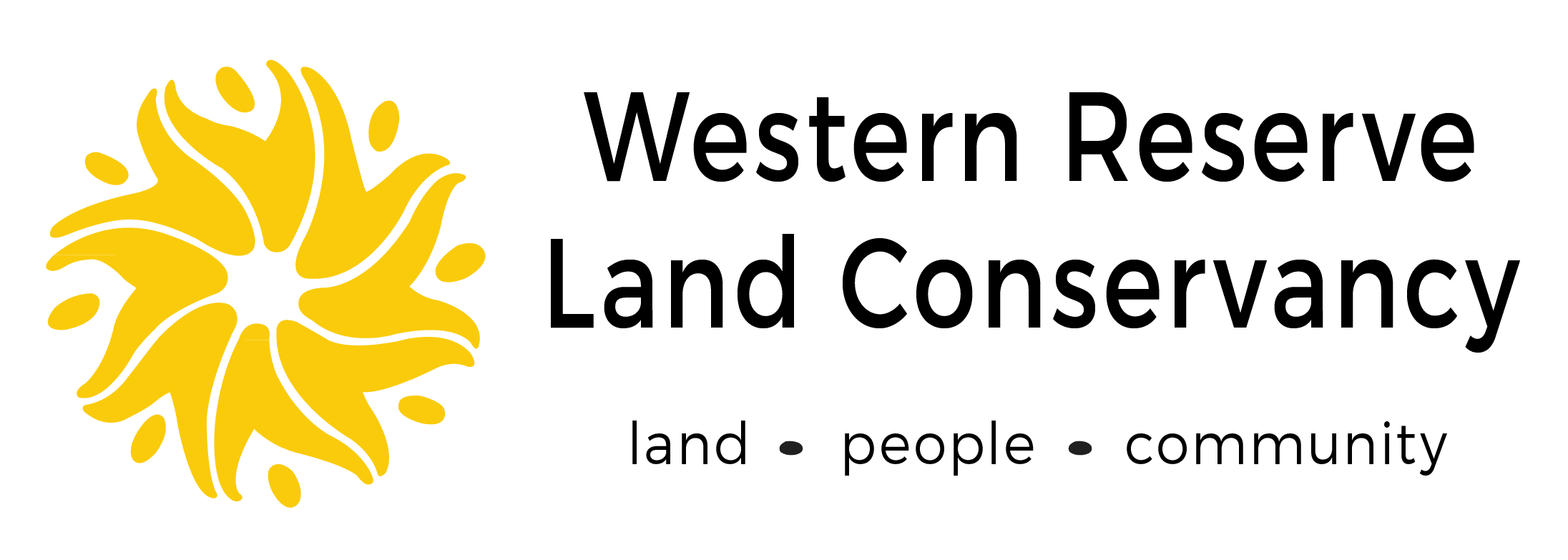
Conservation corridor grows in Ashtabula County
A 43-acre tract of land along the State Scenic Ashtabula River has been permanently preserved with the help of two conservation groups and forward-thinking landowners, John and Kristina Carpenter.
A Clean Ohio Conservation Fund grant, secured by the nonprofits Cleveland Museum of Natural History and Western Reserve Land Conservancy, was used to purchase a conservation easement on 43 acres of the Carpenter’s property in Sheffield Township, Ashtabula County. The Land Conservancy holds the conservation easement, which limits future commercial and residential development of the land. Cleveland Museum of Natural History staff members will help monitor the property annually and remove non-native plants such as canary grass.
The preserved property encompasses an approximately 18-acre hay field used primarily as nesting bird habitat, 18 acres of early-mid successional hardwood and pine forest, as well as a two acre pond. The Carpenter’s property also boasts nearly 1,200 linear feet of the State Scenic Ashtabula River and over four acres of hemlock and hardwood-forested ravines sloping down into the river valley.
Brett Rodstrom, vice president of eastern operations for Western Reserve Land Conservancy, said that the vegetated and forested slopes on the property help control runoff, prevent erosion and mitigate flooding while helping to improve or maintain water quality in the Ashtabula River watershed.
Dr. James Bissell, director of natural areas and curator of botany for the Cleveland Museum of Natural History explained, “The floodplain meadows within the Carpenter easement are dominated by a rich diversity of native plants. The shoreline of the river supports a healthy population of Bombardier beetle. The presence of Bombardier beetles along any stream indicates exceptionally high water quality. Bombardier beetles quickly disappear from polluted rivers or streams.”
In addition to the Bombardier beetle, two state species of concern have been found on the property: the Queensnake, a decidedly aquatic snake species, and the Bobolink, a grassland nesting bird species.
Rodstrom explained that the assistance of the Cleveland Museum of Natural History was critical in the permanent preservation of the Carpenter’s property and important habitat. “We are always eager to work with the Cleveland Museum of Natural History and conservation-minded landowners, like the Carpenters, to preserve land,” he said. “To date, more than 340 acres of land has been permanently conserved along the Ashtabula River and its tributaries.”
“Our property is like an old friend we’ve become attached to, spending time along the river and watching the woods grow up,” explained John Carpenter. “We’ve seen too many places developed that were once forest or farm. We must preserve our green spaces.”
The Carpenter’s neighbors, David and Ellen Mayo, agree. They worked with the Land Conservancy to permanently preserve their 91-acre property in December 2015. Mayo explained, “I’m passionate about the preservation of land, wildlife habitat, stream corridors, farms. It gives me goosebumps just talking about it. But we have to do more than just talk; we have to act now before these beautiful places are gone.”
The Cleveland Museum of Natural History owns land across the river from the Carpenter’s property and will soon purchase property a short distance downstream from the Carpenter Easement where the Bombardier beetle is also present.
The Cleveland Museum of Natural History’s Natural Areas Division is dedicated to the conservation of high-quality sites that contain rare species and habitat. The Museum’s conservation outreach program provides species inventory services for landowners and conservation organizations. Those interested should call the Museum at 216-231-4600, ext. 3505. There is no charge assessed to landowners for the Conservation Outreach Program.
Landowners interested in granting conservation easements on their properties are encouraged to contact the Land Conservancy at 440-528-4150.
